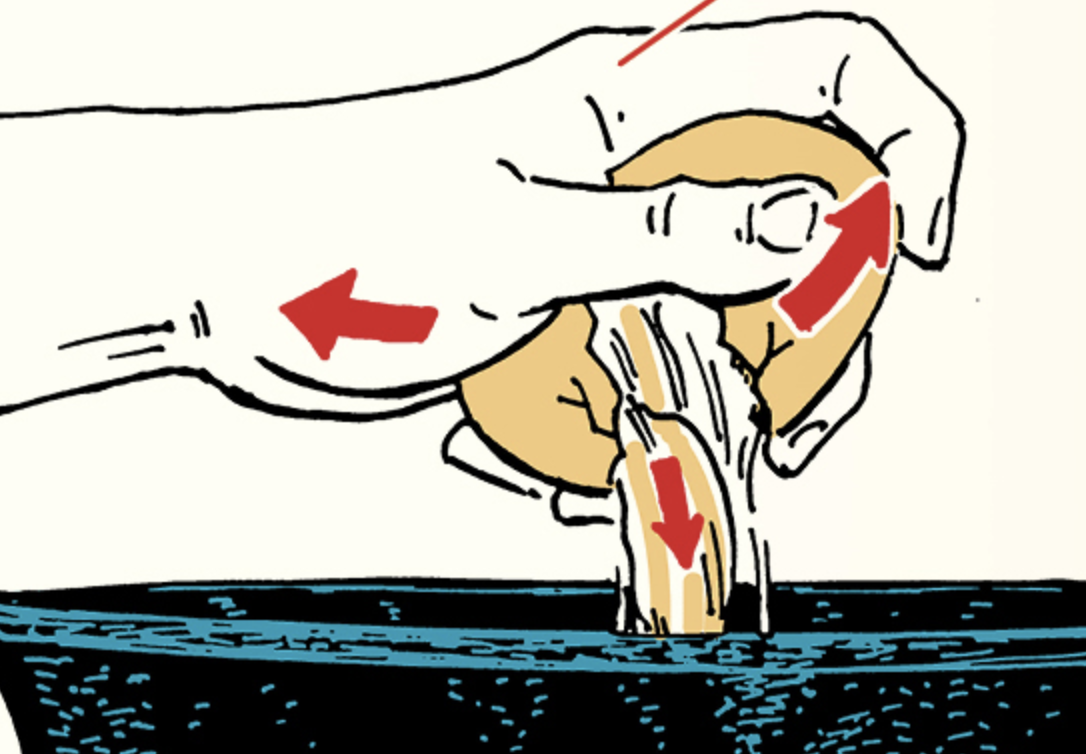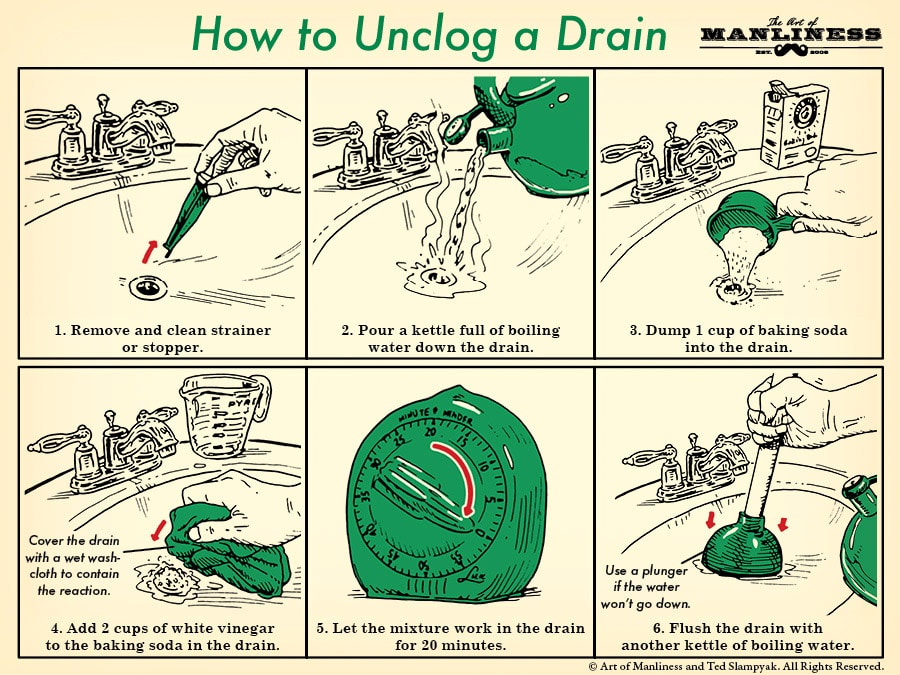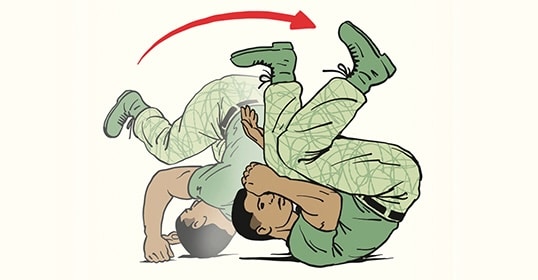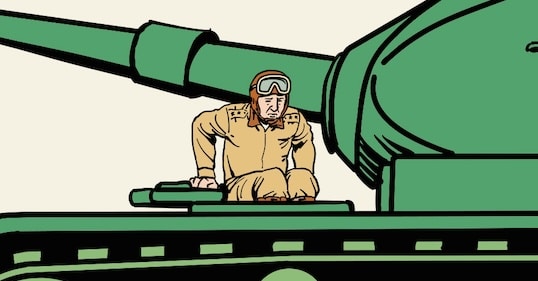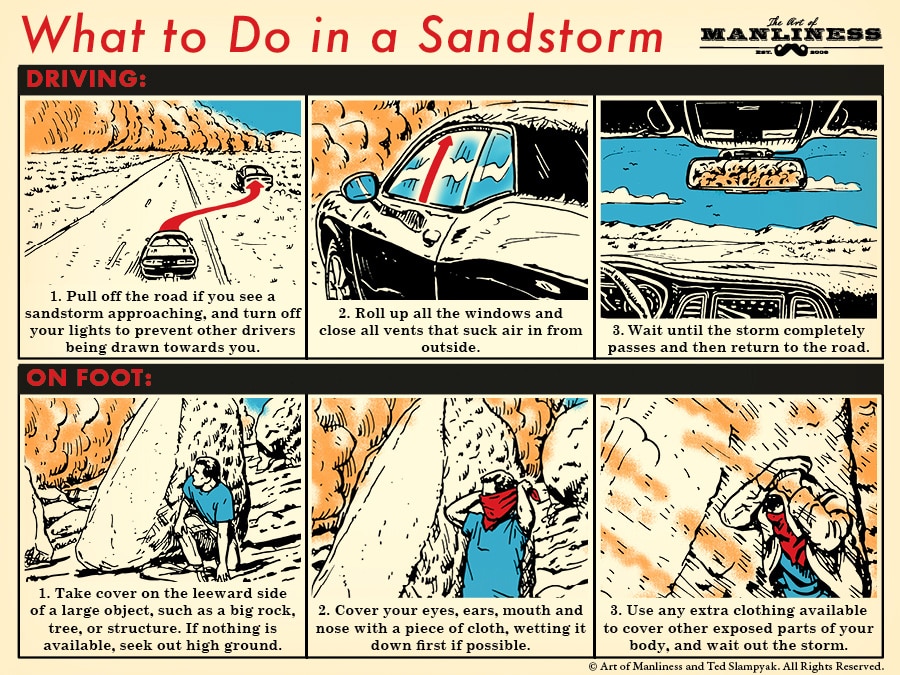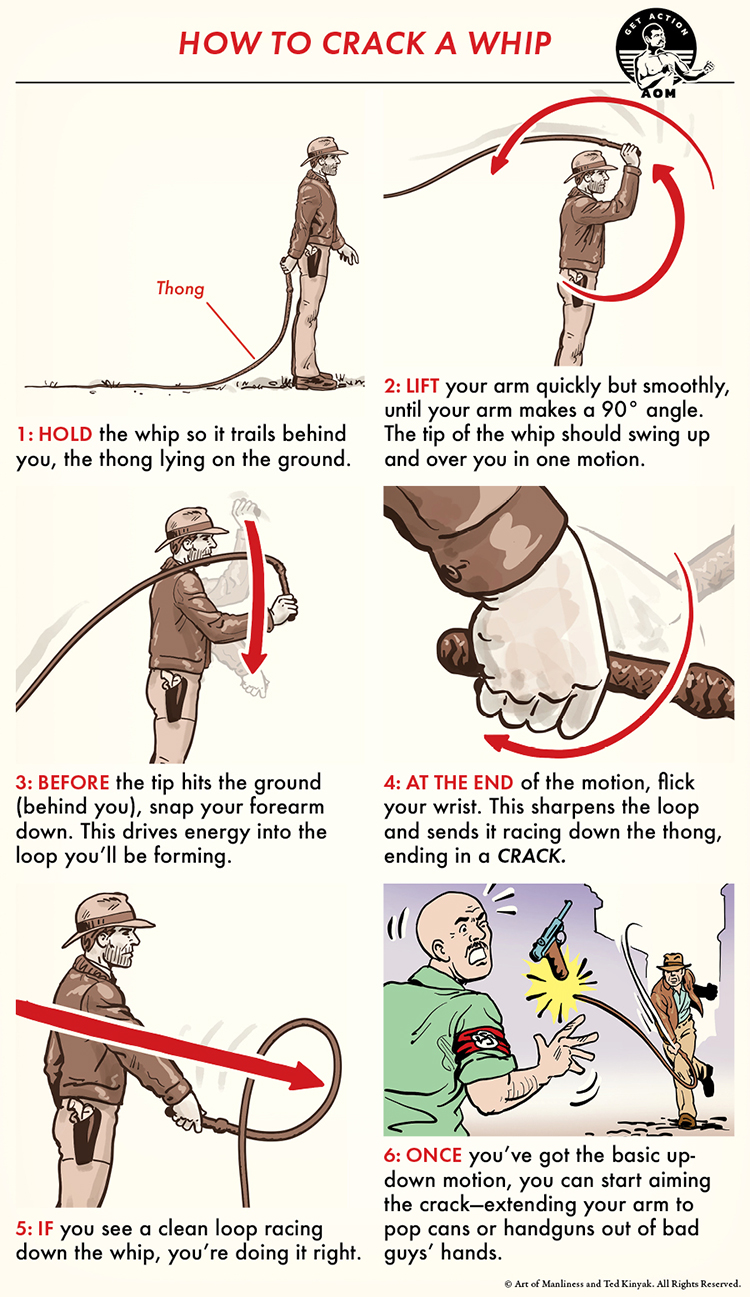
Over its long history, the whip has been tool for a variety of men.
Cowboys in the American West, South American gauchos, and herders around the world carried whips to move cattle and sheep. The crack wasn’t meant to strike the animals but to startle them with sound, nudging the herd along without contact. Out of this tradition came the “stockwhip” and the “bullwhip.”
Teamsters and coachmen once used whips to keep their horses in step. The lash might brush a flank, but more often the crack alone was enough to guide a team down the road. Cavalries often issued short whips to horsemen and pack drivers as part of their kit.
By the 18th and 19th centuries, the whip moved from utilitarian use into the realm of spectacle. Circus trainers used them to tame lions and tigers, while trick-whip artists developed flourishes that showcased control and precision.
Later, pulp heroes carried them alongside revolvers, turning the whip into a symbol of adventure. Half tool and half weapon, it was ostensibly useful for a variety of tasks: latching onto beams or branches to swing across gaps, coiling around small items to grab them, knocking an object out of someone’s hand, cracking to intimidate and keep foes at a distance, or lashing an opponent directly. (Some of these techniques, of course, work better and are easier to execute on screen than in real life.)
If you want to harness your inner rancher or treasure-hunting archeologist, this illustrated guide will get you started with the art of whip cracking. Whip cracking is just physics: you send the energy of your arm into the thong, it travels down the length, and accelerates until it breaks the sound barrier and creates that satisfying “POP!”
Every whip-hand starts with the cattleman’s crack. It’s a simple up-and-down snap that will give you a grin-inducing pop, and help prepare you to raid tombs and fight Nazis.
Illustration by Ted Slampyak



